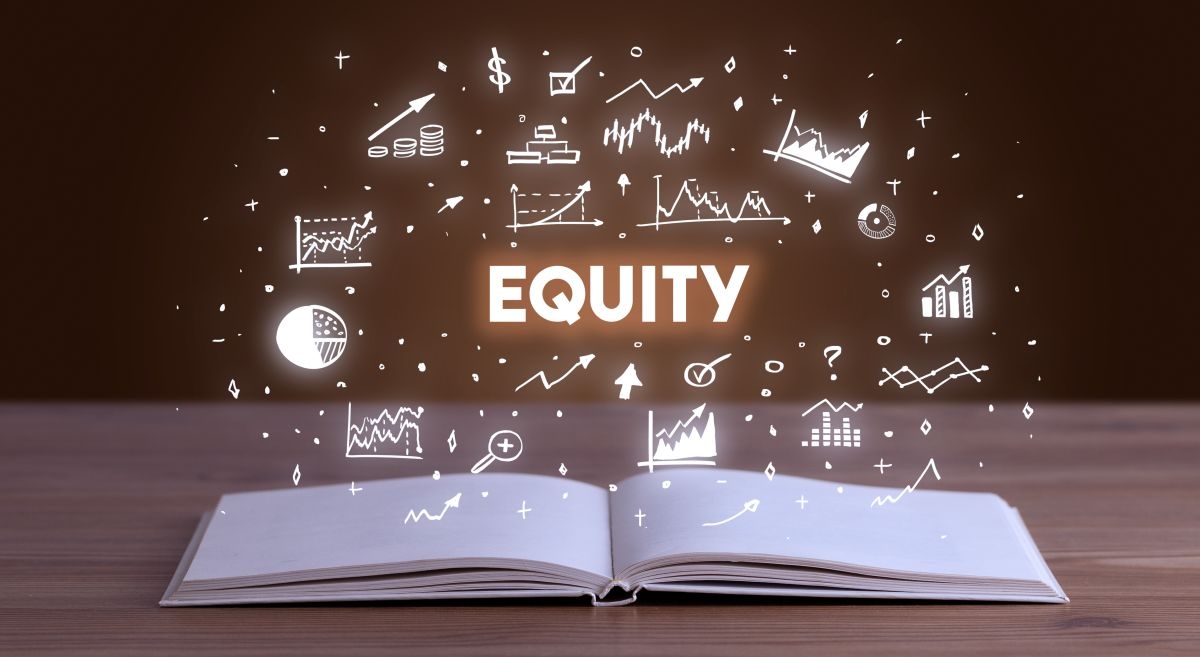How to Value a Paint Wholesaler: A Comprehensive Guide
MediaTo dive deeper into the intricacies of valuing a paint wholesaler and gain a comprehensive understanding of this industry, continue reading the full article below.
Paint wholesalers play a crucial role in the supply chain of the painting industry. They provide an extensive range of paint products to retailers, contractors, and individuals alike. If you are looking to value a paint wholesaler, whether as an investor, business owner, or potential partner, it is essential to understand the factors that contribute to their worth. In this article, we will explore the key aspects to consider when evaluating the value of a paint wholesaler.
Table of Contents
- Introduction
- Understanding the Paint Wholesaler Industry
- Assessing Financial Performance
- Evaluating Customer Base and Market Reach
- Analyzing Product Portfolio and Supplier Relationships
- Examining Operational Efficiency
- Reviewing Competitive Advantage
- Assessing Growth Potential
- Evaluating Management Team and Corporate Culture
- Considering Industry Trends and External Factors
- Conclusion
- FAQs
- Introduction
In the introduction, we will provide a brief overview of the significance of valuing a paint wholesaler and set the context for the article.
- Understanding the Paint Wholesaler Industry
In this section, we will delve into the paint wholesaler industry, discussing its role, market size, key players, and growth potential. Understanding the industry dynamics is crucial for assessing the value of a paint wholesaler.
- Assessing Financial Performance
Financial performance is a critical factor in valuing any business. We will explore various financial metrics and ratios that can help evaluate the financial health and profitability of a paint wholesaler.
- Evaluating Customer Base and Market Reach
The customer base and market reach of a paint wholesaler can significantly impact its value. We will discuss how to assess the size, diversity, and loyalty of a wholesaler's customer base, as well as its market penetration and expansion potential.
- Analyzing Product Portfolio and Supplier Relationships
A comprehensive product portfolio and strong supplier relationships are vital for a successful paint wholesaler. We will analyze the range and quality of products offered by the wholesaler and evaluate the strength of its relationships with suppliers.
- Examining Operational Efficiency
Efficient operations contribute to the profitability and competitiveness of a paint wholesaler. This section will explore key operational factors to consider, such as logistics, inventory management, order fulfillment, and warehouse facilities.
- Reviewing Competitive Advantage
A paint wholesaler's competitive advantage sets it apart from competitors and enhances its value. We will discuss factors such as pricing strategy, customer service, brand reputation, and unique selling propositions that contribute to a wholesaler's competitive advantage.
- Assessing Growth Potential
Future growth prospects are crucial when evaluating a paint wholesaler's value. We will explore indicators of potential growth, such as expansion into new markets, product diversification, technological advancements, and strategic partnerships.
- Evaluating Management Team and Corporate Culture
Strong leadership and a positive corporate culture are essential for long-term success. We will discuss how to assess the management team's expertise, experience, and strategic vision, as well as the wholesaler's corporate culture and values.
- Considering Industry Trends and External Factors
The paint industry is subject to various trends and external factors that can influence the value of a paint wholesaler. We will examine factors like environmental regulations, consumer preferences, technological advancements, and economic conditions.
- Conclusion
In the conclusion, we will summarize the key points discussed in the previous sections and emphasize the importance of considering all these factors collectively when valuing a paint wholesaler.
- FAQs (Frequently Asked Questions)
Q1: What are the key financial metrics to assess the value of a paint wholesaler? A1: Some important financial metrics include revenue growth rate, profit margins, return on investment, and cash flow analysis.
Q2: How can I evaluate the customer base of a paint wholesaler? A2: Assessing the customer base involves analyzing customer demographics, retention rates, customer satisfaction surveys, and market share within the target market.
Q3: What factors contribute to a paint wholesaler's competitive advantage? A3: Factors such as competitive pricing, excellent customer service, strong supplier relationships, and unique product offerings can provide a paint wholesaler with a competitive edge.
Q4: Why is growth potential crucial when valuing a paint wholesaler? A4: Growth potential indicates the ability of a paint wholesaler to expand its market reach, introduce new products, and adapt to changing industry dynamics, which directly impacts its long-term value.
Q5: How can I assess the management team of a paint wholesaler? A5: Evaluating the management team involves considering their experience, track record, strategic vision, and ability to navigate industry challenges effectively.
Are you ready to unlock the power of accurate business valuations? Try Equitest, the leading business valuation software, for free! Equitest offers a user-friendly platform that allows you to assess the true value of your small business with ease. Whether you're an entrepreneur, investor, or financial professional, Equitest provides the tools and insights you need to make informed decisions and maximize your ROI. Don't miss out on this opportunity to experience the convenience and accuracy of Equitest. Sign up for your free trial today and see the difference it can make in your business valuation process.
Related items
Media
(To unmute the video clip, click the video)


